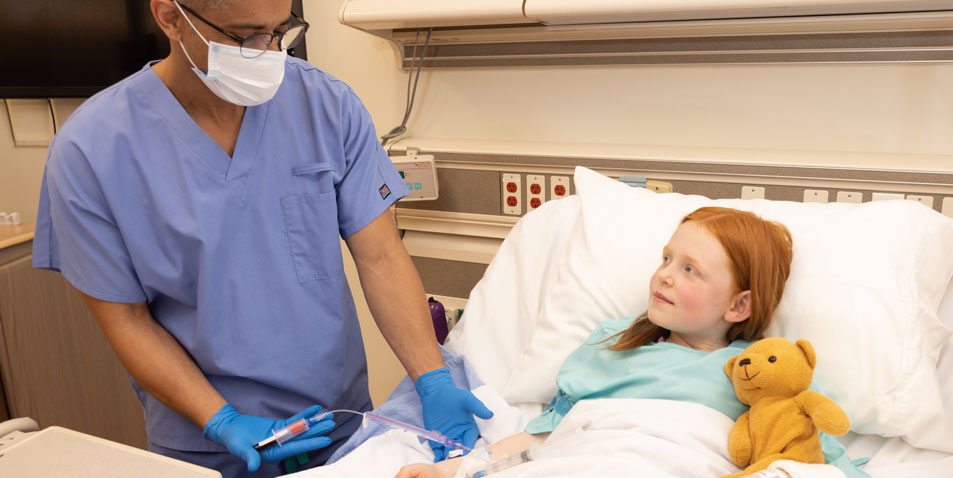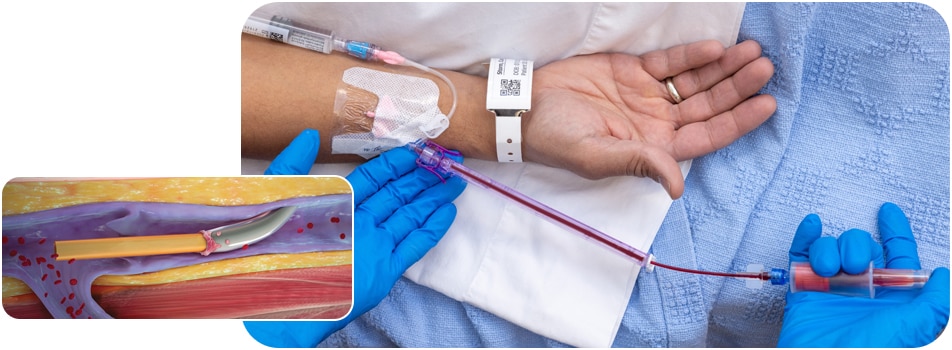Taylor, an emergency department director and vascular access nurse, has long been a champion for patient-centered innovation. She was one of the first to advocate for implementing PIVO™ Pro – a needle-free blood draw technology – at her hospital. But it wasn’t until her father became a patient that the impact truly hit home.
Her father, a 59-year-old construction business owner with type 2 diabetes, was rushed to the ER with chest pain. Taylor recognized the signs of a heart attack and quickly got him into care. Over the next week, he underwent a quadruple bypass and required frequent lab draws.
Thanks to PIVO™ Pro, nearly all of those draws were done through his existing IVs.
“He would’ve been poked 25 or more times,” Taylor recalls. “But with PIVO™, blood draws weren’t even a thought. He didn’t flinch, didn’t stress. It changed everything.”
Taylor also emphasized the importance of preserving vessel health.
“We focus on education, proper technique and using the right tools – like Nexiva™ NearPort™ and PIVO™ Pro – to protect our patients’ veins.”
As a clinician, Taylor sees the toll repeated sticks take on patients. As a daughter, she saw the relief in her father’s eyes. And as a leader, she believes innovations like PIVO™ are essential to delivering compassionate, evidence-based care.
Her story is a powerful reminder that innovation isn’t just about efficiency – it’s about empathy.
Experience more #PatientPortraits at www.bd.com/pivo.













